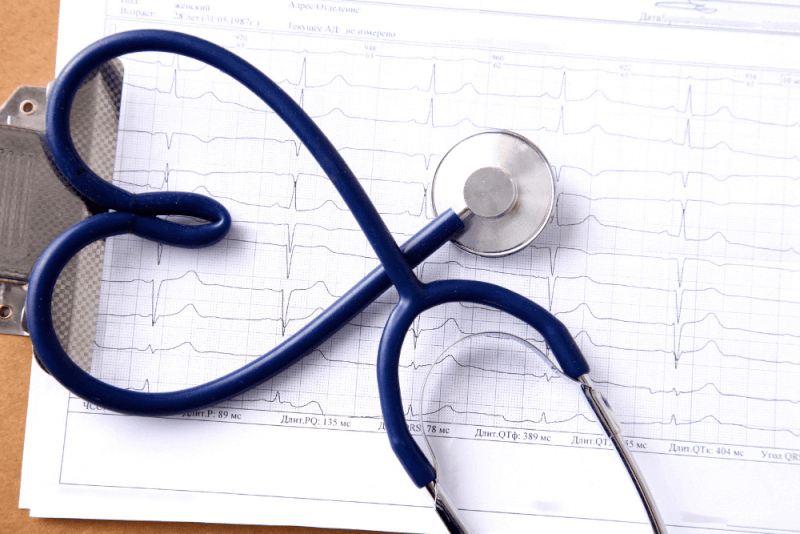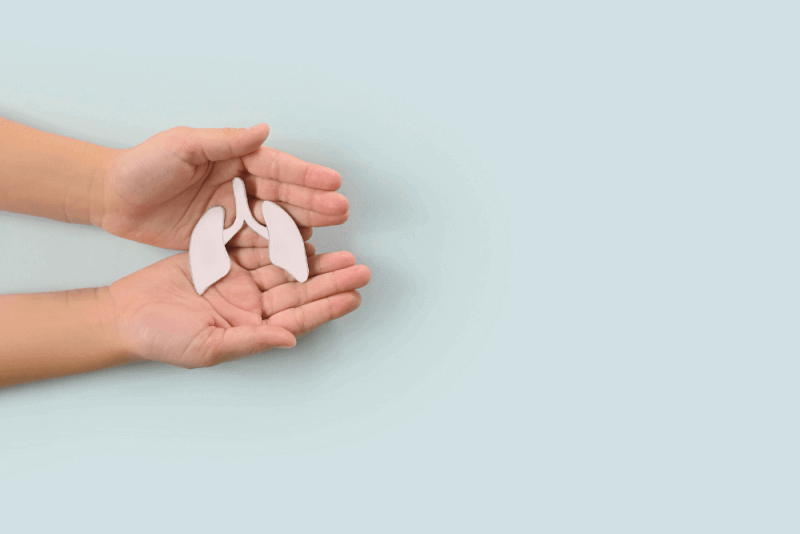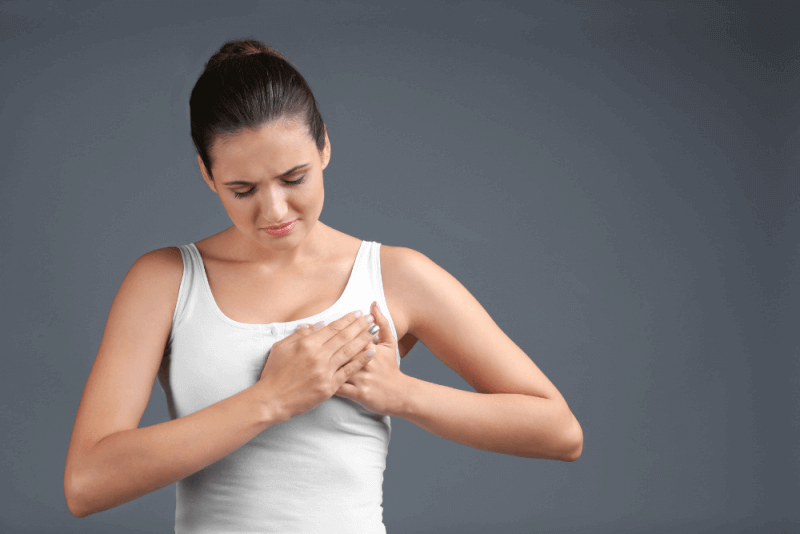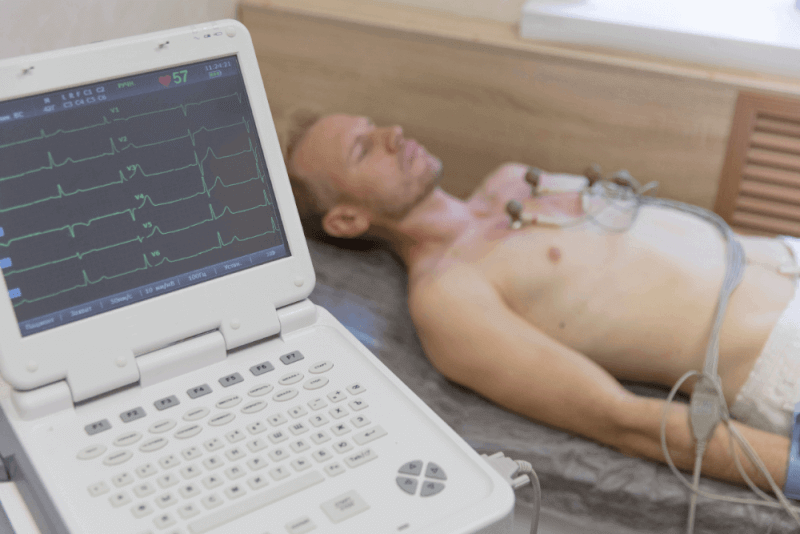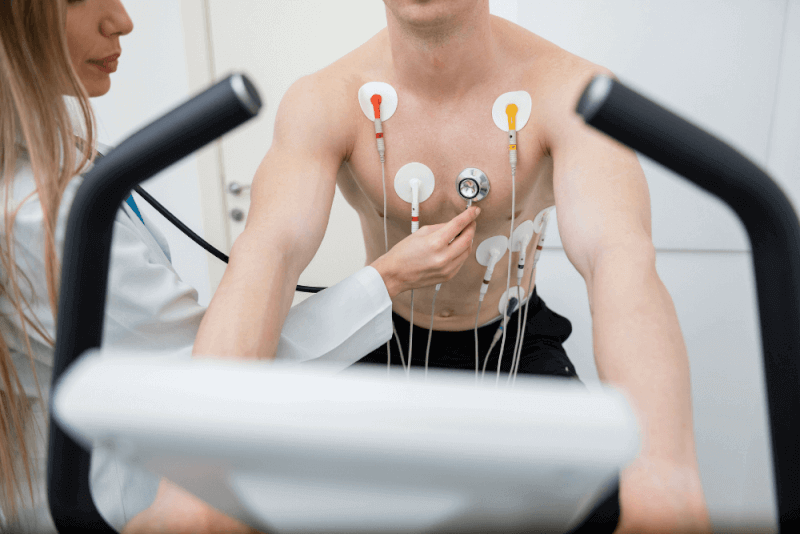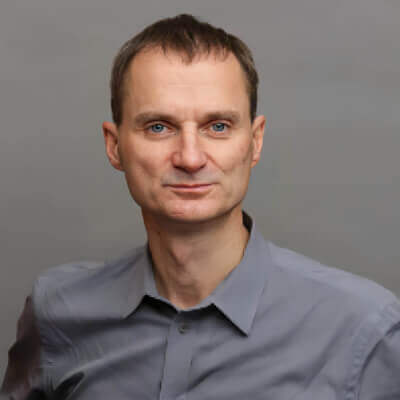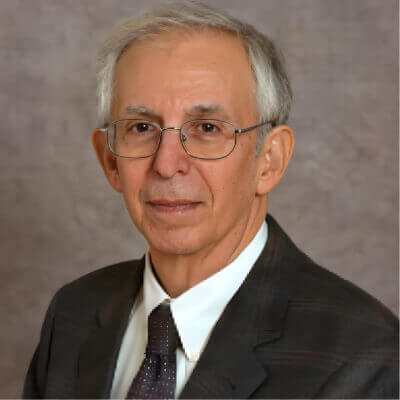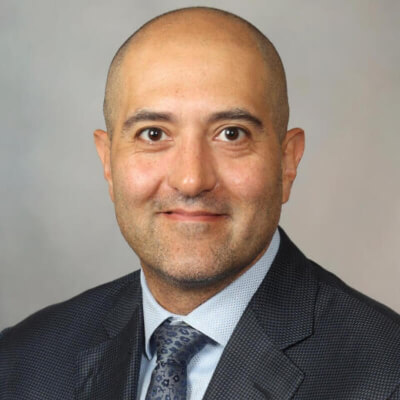30 Second Summary
- A heart rhythm disorder is when the heart does not beat at its normal rate and regularity.
- It can occur in people with or without heart disease.
- Symptoms include palpitations, chest pain, shortness of breath and fainting
- Heart rhythm disorders can be treated with medication, surgery, catheter ablation and pacemakers.
What is a heart rhythm disorder (arrhythmia)?
Arrhythmia, which can be briefly defined as a rhythm disorder of the heart, is a condition seen in healthy people as well as heart patients. During a heart rhythm disturbance, the heart may beat too fast, or it may slow down or beat irregularly.
It can be explained as too few or too many heart beats, which should normally be 60 to 100 beats in one minute. This condition, also called cardiac arrhythmia, is caused by faulty transmission of signals in the heart. Disturbance of electrical signals to the heart muscles also causes heart rhythm disturbances.
The majority of cases of cardiac arrhythmias are harmless, but they can also lead to serious clinical manifestations. Arrhythmia, in which the heart cannot pump enough blood to the body, can cause shortness of breath, fainting or sudden death. Fortunately, heart arrhythmia is a disease that can usually be successfully treated.
Arrhythmia in healthy individuals is usually associated with physical activity. No abnormalities are expected in the ECG results of these people. However, arrhythmia can also cause symptoms such as shortness of breath and chest tightness in some healthy people. In addition, arrhythmias are more common in women during pregnancy. Arrhythmia during this period is usually caused by hormonal changes. Hormonal changes also increase the incidence during menstural and pre-menopausal periods.
Diagnostic criteria for heart rhythm disorder (arrhythmia)
Although the prevalence of heart rhythm disorder in the general population is approximately 1.5%, the exact prevalence is unknown because some cases are asymptomatic. In order for people who consult a specialist for arrhythmia to be diagnosed, a detailed medical history should first be taken and then a physical examination should be performed. During this examination, medications and other diseases should also be questioned. The presence of arrhythmia is then examined with various tests.
ECG (electrocardiogram)
Electrodes are attached to the patients' wrists and ankles, as well as to their chest, to perform the ECG, which monitors the electricity passing through the heart muscle. The results are then simultaneously printed on graph paper.
Holter monitor
Holter monitors are devices that continuously monitor and record patients' heart rhythms. People wear it for as long as the doctors prescribe, during which time it can be recorded to see if any arrhythmia has occurred.
Effort test
It is a test used to record arrhythmias that start with physical exercise and worsen afterwards. With the exercise test, it is possible to diagnose not only the presence of arrhythmia but also the heart disease causing the arrhythmia.
Echocardiography
Echocardiography is a test performed in cases where the presence of arrhythmia is known but the factor causing the arrhythmia is unknown. The device, which is basically an ultrasound, takes an image of the heart. It is possible to perform this test both during rest and during activity.
Cardiac catheterization
In cardiac catheterization, a procedure performed under local anesthesia, a catheter is inserted into the blood vessel and then directed to the heart with the help of an X-ray machine. Contrast material is then injected through the catheter and X-rays are taken. The contrast medium makes it possible to visualize the coronary arteries and heart chambers. The reason for performing this test is to determine whether the cause of the arrhythmia is coronary artery disease. The functioning of the heart muscle and valves is also checked.
Electrophysiology study (EPS)
In this test to evaluate the heart's electrical system, a catheter is inserted into the heart to record electrical signals. EPS is used both to find the cause of arrhythmia and to plan the best treatment.
Tilt table test
In this test, the table is tilted to different levels while the person's head is in the up position. This makes it possible to monitor blood pressure and heart rate. The purpose of this test is to understand how the heart rhythm changes under varying conditions.
Causes of heart rhythm disorder (arrhythmia)
Among the factors that can cause arrhythmia in people are the following:
- Recuperating from heart surgery
- Damage to the heart of people who have had a heart attack
- Electrolyte imbalances in the blood
- Heart valve disorders
- Changes in the heart muscle
- High blood pressure
- Irritable tissue in the heart
- Coronary artery disease
- Increased blood pressure
- Intense feelings of stress and anxiety
- Excessive consumption of tea, coffee and alcohol
- Anemia
- Pregnancy
- Overactive thyroid gland
- Anxiety disorder
- Thyroid gland diseases
- Hormonal problems
- Fire
- Infection
- Some medicines
- Structural heart diseases
Symptoms of heart rhythm disorder (arrhythmia)
Some cases of arrhythmia do not cause any symptoms. These cases have a silent course. For this reason, they are usually detected during a medical examination. In addition, in symptomatic arrhythmia cases, people have the following complaints:
- Blurred consciousness
- Palpitations
- Fainting
- Slow heartbeat
- Anxiety
- Feeling of pounding in the chest
- Weakening of the heart muscle
- Feeling of pressure in the chest
- Sweating
- Dizziness
- Fatigue
- Fatigue
- Feeling unwell
- Chest pain
- Shortness of breath
- Syncope
- Irregular heartbeat
Heart rhythm disorder (arrhythmia) treatment methods
Arrhythmia treatment is planned depending on the severity and type of arrhythmia. Some cases of arrhythmia do not need treatment. Arrhythmia treatment options include medications, lifestyle changes, surgery, electronic devices and invasive treatments.
Devices used in heart rhythm disorder (arrhythmia)
The therapies used to treat heart rhythm disorders include implantable devices. The type of arrhythmia is important in determining which device is most suitable for the patient.
Pacemaker
A pacemaker is a device that sends small electrical currents to the heart muscle to maintain a normal heartbeat. Pacemakers, which are usually applied to prevent the heart from beating too slowly, consist of 2 parts. These parts are the generator and the batteries that transmit electricity to the heart.
Cardioverter defibrillator (ICD)
The ICD is used especially in the treatment of life-threatening arrhythmias in patients with two heart rhythms. A highly sophisticated device, the ICD continuously monitors the heart rhythm and energizes the heart muscle in case of an abnormal rhythm. There are several ways to apply the ICD to capture a normal heart rhythm:
- When the heart beats too fast, ATP is used to maintain a normal heart rate.
- If the heart beats dangerously fast or irregularly, cardioversion is used to shock the heart muscle so that the heart can return to a normal beat. Cardioversion is also called defibrillation.
- Anti-bradycardia pacing is used in patients with very slow heart rhythm.
Heart rhythm disorder (arrhythmia) surgery
Surgical methods used in the treatment of arrhythmia are usually invasive. In order to determine the right method, the benefits and risks of the method to be used should be communicated to the patients and the experts and patients should decide together.
Electrical cardioversion
In the treatment of people with persistent arrhythmias, the drug option is not sufficient to achieve adequate results. In this case, patients undergo electrical cardioversion. Patients are first anesthetized for this procedure. An electrical impulse is then transmitted through the chest wall to the heart. In this way, when arrhythmia develops, the electrical impulse intervenes instantly, allowing the heart to return to its normal rhythm.
Catheter ablation
Catheter ablation uses high-frequency electrical energy to stimulate areas within the heart that cause abnormal heart rhythms. Used to treat different types of arrhythmias, this method uses high-frequency electrical energy to interrupt the electrical connection that causes abnormal heart rhythm. For best results, catheter ablation should be combined with other treatment modalities.
Pulmonary vascular isolation
Pulmonary vascular isolation, one of the types of ablation, is applied to people with persistent, permanent and paroxysmal atrial fibrillation. The aim of this method is to create scar rings to isolate the foci that trigger the fibrillation.
Heart rhythm disorder (arrhythmia) drug treatment
Different medications can be used to treat arrhythmia. Since each patient and arrhythmia is unique, drug trials and dose adjustments are necessary. Among the drug groups used in the treatment of arrhythmia are the following.
- Anti-rhythmic drugs are used to restore the arrhythmia to sinus rhythm or to prevent arrhythmia.
- Heart rate control medicines stabilize the rate of heartbeats.
- Anticoagulant and antiplatelet therapy uses blood thinners and anticoagulants. This reduces the risk of stroke.
What is good for heart rhythm disorder (arrhythmia)?
In cases where heart arrhythmia is caused by lifestyle, paying attention to certain things and incorporating them into daily life can help prevent or reduce the incidence of arrhythmia. However, in case of arrhythmia, a specialist should be consulted first and the opinion of the specialist should be obtained before any changes are made.
Exercise
Regular light brisk exercise has a positive effect on heart health. Maintaining heart health also reduces the risk of arrhythmias. Brisk walking is recommended for heart health. People over 60 years of age should be careful not to exert themselves.
Green leafy vegetables
To make the heart work healthier, green leafy vegetables should be included in the diet in abundance. Vegetables such as arugula, chard or cabbage should be included in every meal.
Lemon balm and chamomile tea
Stress is also a cause of arrhythmia. Lemon balm and chamomile teas have a calming effect. For this reason, up to 2 cups of lemon balm or chamomile tea can be consumed daily.
Regular sleep
Another point to be considered to reduce the risk of arrhythmia is to establish a regular sleep pattern. Heart health will be positively affected by paying attention to sleep, especially between 23:00 and 04:00.
Breathing exercises
In addition to calming the body, breathing exercises are also important for heart health as they provide more oxygen to the cells.
Fish consumption
Omega-3 in fish supports heart health. It is also not recommended to consume too much red meat. Red meat consumed more than 2 or 3 times a week is extremely harmful for heart health.
Foods that trigger heart arrhythmia (arrhythmia)
People with heart rhythm disorders should generally adopt a Mediterranean-type diet. They should also pay attention to their daily carbohydrate consumption. People with arrhythmia problems should be kept between 45 and 52 g daily. Eating fewer carbohydrates significantly increases the risk of arrhythmias. In addition, among the things that arrhythmia patients should exclude from their lives are the following.
- Foods containing refined sugar
- Highly processed foods
- Refined carbohydrates
Types of heart rhythm disorders (arrhythmias)
Heart arrhythmias are caused by abnormalities in any part of the blood conduction pathway. It is therefore differentiated according to where the abnormality occurs.
Tachycardia
In tachycardia, the most common type of heart rhythm disorder, the number of heart beats exceeds 100. People feel palpitations when the heart beats too fast. In addition, symptoms that can be seen in people include difficulty breathing and fainting. In order to identify the cause of tachycardia, people should undergo MRI and ECG examinations.
Bradycardia
The simplest definition of bradycardia is that the heart beats less than normal. An adult human is expected to have between 60 and 100 heartbeats per minute. In people with bradycardia, this figure is below sixty. Bradycardia can also occur if the heart rhythm is irregular.
Symptoms of bradycardia
People with bradycardia do not pump enough blood to the brain and other organs. The functioning of organs is therefore adversely affected. Some symptoms occur because the body cannot pump enough blood. These symptoms include the following:
- Shortness of breath
- Chest pain
- Fainting
- Confusion
- Fatigue
- Memory problems
- Getting tired easily during physical activities
- Dizziness
Since the symptoms of bradycardia can be encountered in daily life, it is important to know when to pay attention to the symptoms. If you experience several of the symptoms mentioned above and are in the risk group, it is recommended to consult a doctor.
Factors causing bradycardia
There are many different causes of bradycardia. Some of these causes are serious health problems.
- Problems developing in the sinoatrial node, which we can call the heart's natural pacemaker, can cause bradycardia. There are also problems in the sinus nodes, which can lead to problems in the conduction pathways that prevent the electricity from passing correctly to the ventricles.
- Many metabolic health problems, especially low thyroid hormone levels, cause bradycardia.
- Both aging and heart disease can damage some of the heart tissue. This damage can cause the heart rate to slow down.
- Bradycardia is one of the side effects of some drugs, especially tranquilizers and opioids. Many drugs for mental illnesses also have this effect.
- Congenital heart defects, complications after heart surgery and problems such as myocarditis can also cause bradycardia.
- In addition, diseases such as sleep apnea, rheumatic fever or lupus are also known to cause bradycardia.
- Finally, unbalanced electrolytes in the blood are also among the factors that cause bradycardia.
Atrial fibrillation
Atrial fibrillation, one of the most common heart rhythm disorders, occurs especially with advancing age. Atrial fibrillation is a rhythm disorder originating from the atria of the heart, which can lead to reduced quality of life and even death. Atrial fibrillation is characterized by an accelerated and irregular heart rate.
Symptoms of atrial fibrillation
Some patients do not have any symptoms of atrial fibrillation. For this reason, it is usually detected during a general examination. However, among the complaints that can be seen in people when they show symptoms are the following.
- Palpitations at a level that disturbs people
- Dizziness
- Inability to exercise
- Chest pain
- Becoming debilitated
- Shortness of breath
- Feelings of burnout
These symptoms caused by atrial fibrillation can last for a few minutes or several hours. Recurrence of attacks is possible and in some cases the symptoms disappear spontaneously. In some people, the heart rhythm may return to normal on its own.
Causes of atrial fibrillation
The regular activity of the sinus node is suppressed by electrical activity in the heart. This causes the atria to move randomly. If this condition persists over the long term, the atria lose their ability to contract effectively. Among the factors that cause atrial fibrillation to occur are the following:
- High blood pressure
- Cardiovascular diseases
- Rheumatic diseases
- Mitral valve stenosis
- Overactive thyroid gland
- Some lung diseases
- Some types of medicines
- Congenital heart problems
- Heart surgeries
- Viral infections
- Pneumonia
- Stress to the aorta due to different diseases
Patients with atrial fibrillation may not have any heart disease, and in some cases there may be no cause for the condition.
Atrial flutter
In atrial flutter, the upper chambers of the heart beat too fast. Unlike atrial fibrillation, atrial flutter involves a complex electrical disturbance in the right atrium in a significant proportion of patients.
Under normal conditions, the atrium beats regularly and 300 times per minute. But not every one of these pulses is transmitted. Instead, the sinus nodes allow for a third or fourth beat every second and thus maintain a regular rhythm of 150, 100 or 75 beats. In patients with atrial flutter, the beats are higher.
Symptoms of atrial flutter
In some people, atrial flutter does not cause any symptoms. Therefore, it is seen incidentally in EGK imaging. In people with symptoms, the complaints are as follows:
- Palpitations
- Chest pain
- Fatigue
- Fainting
- Excessive fatigue with exercise
- Dizziness
- Mild shortness of breath
Causes of atrial flutter
Atrial flutter and atrial fibrillation are similar to each other and both can occur in the same patient. For this reason, the reasons are also similar. However, atrial flutter is more common in people with heart disease. In addition, the risk of occurrence in men is 2 times higher than in women. The factors that cause atrial flutter are as follows.
- High blood pressure
- Pulmonary embolism
- Cystic heart disease
- Heart surgery
- Pericarditis
- Excessive alcohol consumption
- Overactive thyroid
- Lung inflammation
- Cardiomyopathy
- COPD
Ventricular fibrillation
The premature contraction of the ventricles of the heart, called ventricles, is called ventricular fibrillation. It occurs before the normally expected beating of the heart. This leads to a disturbed heart rhythm.
Symptoms of ventricular fibrillation
As with other heart rhythm disorders, ventricular fibrillation may not cause any symptoms in some people. When it causes complaints, the most common symptoms include the following.
- Heart misfire
- Sensation of being caught in airplane turbulence
- Cardiac arrest
- The feeling of punching someone in the chest
- Irregular heart rhythm
- Sudden inability to breathe
- Knot in the throat
A normal person may experience ventricular fibrillation 3 to 4 times during the day. The important point is how often ventricular fibrillation occurs in a day. Their characteristics are also important for diagnosis.
Causes of ventricular fibrillation
The causes of ventricular fibrillation are unknown. However, some factors increase the risk of ventricular fibrillation. These risk factors include the following:
- Having a heart attack
- Intense stress and anxious lifestyle
- Heart failure
- Drug use
- Cardiomyopathy
- Heavy smoking and caffeine consumption
- People with valvular heart disease
- Excessive alcohol consumption
- Diabetes
- Hypertension


